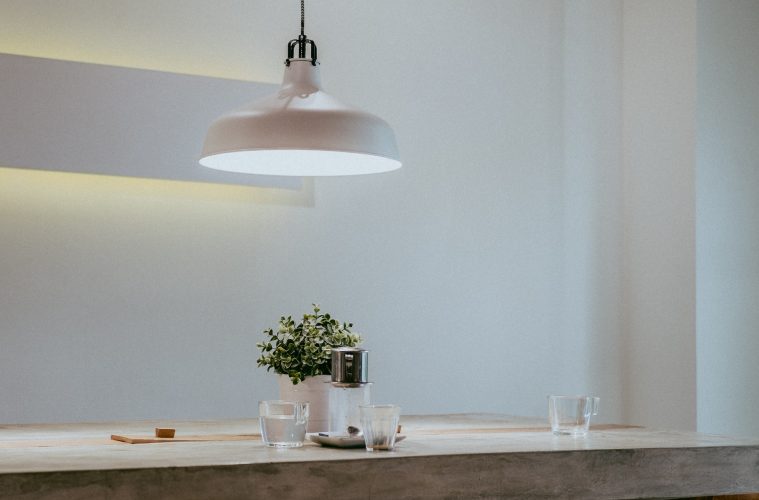Lighting is an often overlooked consideration when styling and designing a room. But, it can have a massive impact on the feel of a space at the times they are used most – at night. Avoid these incredibly common lighting mistakes to take your design from good to great.
Only using downlights
Recessed downlights have become one of the most common lighting fixtures around the home. While they are certainly helpful for illuminating a room and don’t take up any valuable overhead space, it is possible to overdo it. Overuse of downlights can lead to harsh lighting and stops any light from reflecting off walls and other surfaces that may need it.
Mismatching bulb temperatures
The debate between warm and cool lighting is heated, with strong proponents on either side. Depending on your interiors and the style of your home, warm, cool or neutral lights may be better suited. But, what you definitely don’t want is a mix of temperatures close together or worse – right next to each other. If you prefer warm lighting, keep that consistent between rooms to avoid a jarring juxtaposition.
Lighting your bathroom vanity from above
Bathroom vanities are often lit from above rather than from the sides. This leads to dark shadows in what should be a bright room, making it difficult to use the mirror for makeup, shaving and a host of other activities. While overhead lights are useful in bathrooms, make sure the vanity in particular has additional lighting to cancel these shadows and avoid any grooming or beautifying mishaps.
Underutilizing dimmers
Dimmable lights provide incredible control over a room, allowing you to create the desired mood or perform a task without worrying about being left in the dark. With dimmable bulbs, you can keep the lights bright while making dinner or cleaning your home and instantly shift the feel by dimming the lights, ready for your next movie night. Dimmable lights are also more energy efficient and tend to last longer when not on their brightest setting 24/7.
Keeping small spaces dark
Although lighting creates a certain ambiance, the primary goal is being able to see what you’re doing at night. This is especially important in small spaces light walk-in cupboards and pantries where general room lighting doesn’t reach. Make sure you don’t ignore these essential areas to avoid bringing out the torch every time you’re looking for a snack.
Ignoring shadows
When light in your home only comes from one direction (usually above), you’ll create areas of shadows. This can be useful in some areas, but distracting in others. It can also block light from essential areas, especially in kitchens where worktops should always have plenty of light available. Add lighting from different directions in rooms that need them to cancel out any problematic shadows.
Forgetting about different lighting types
When first planning and styling a home, we often think of lighting as purely functional. However, it has so many uses in design that also should be considered. Along with functional lighting, install ambient lighting through the use of lamps at different levels and dimmable bulbs to control the mood. Also consider adding accent lighting by illuminating textured areas or your favourite artwork so your home looks just as good at night as it does during the day.
Featured image: Reinaldo Kevin via Unsplash


